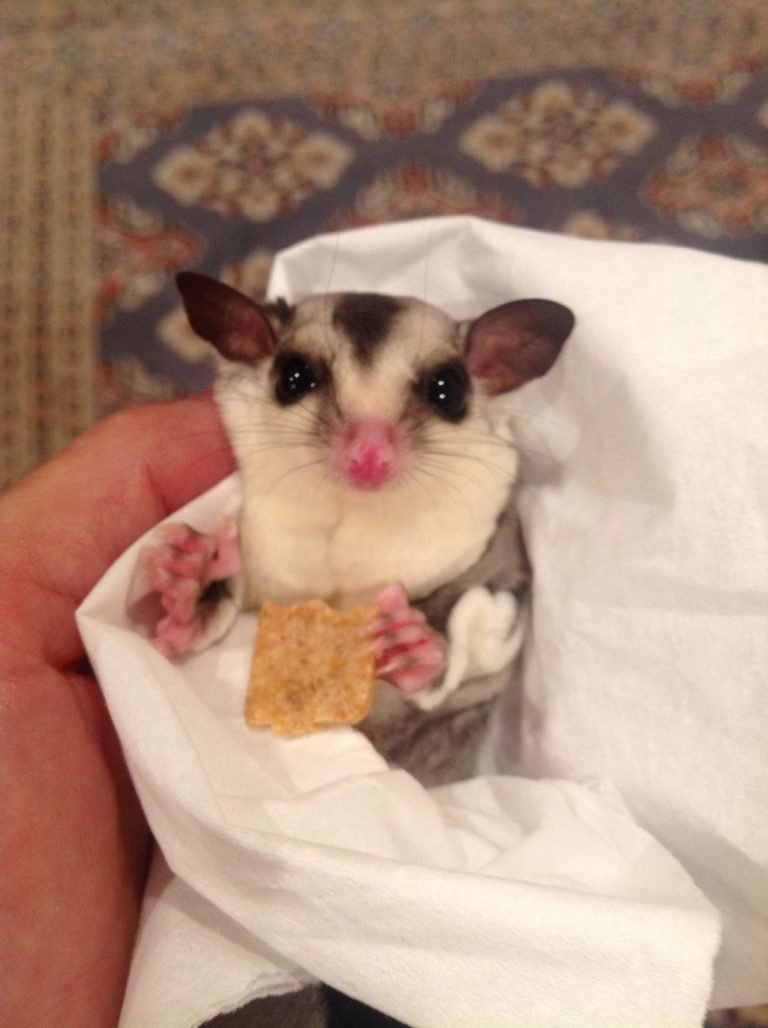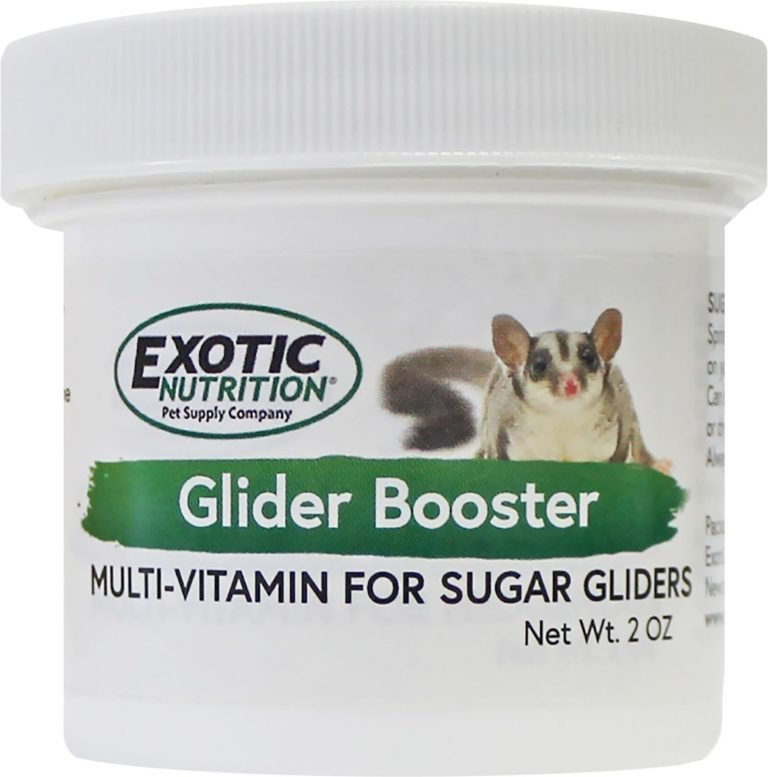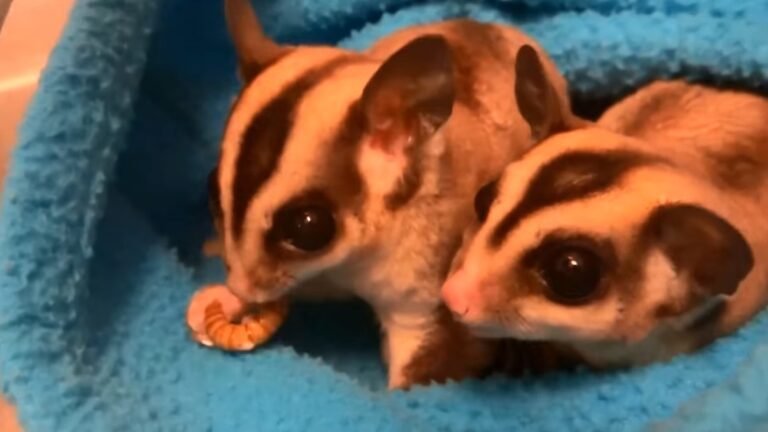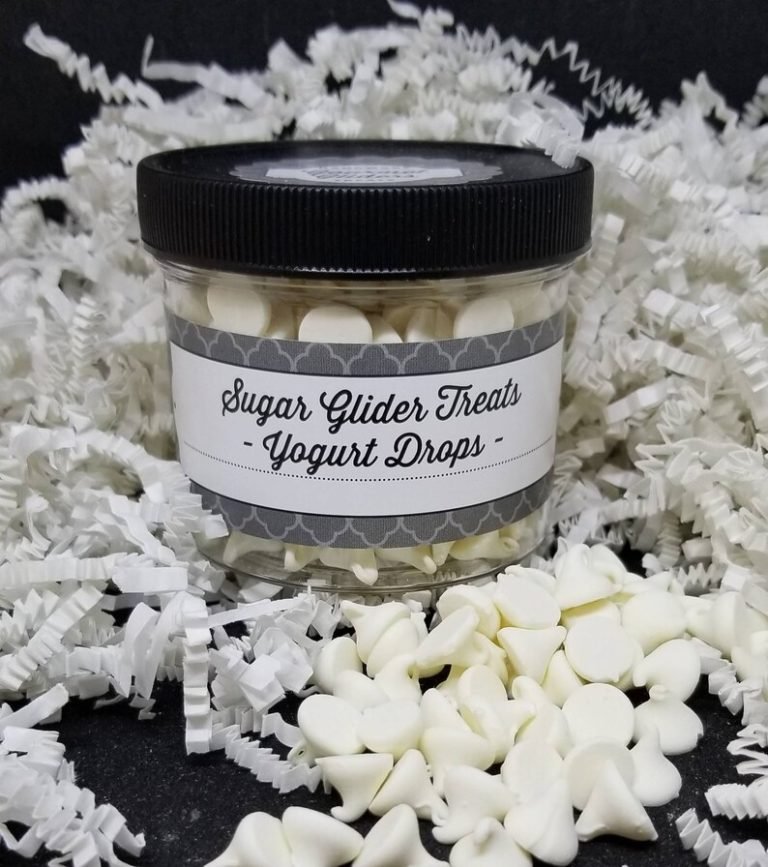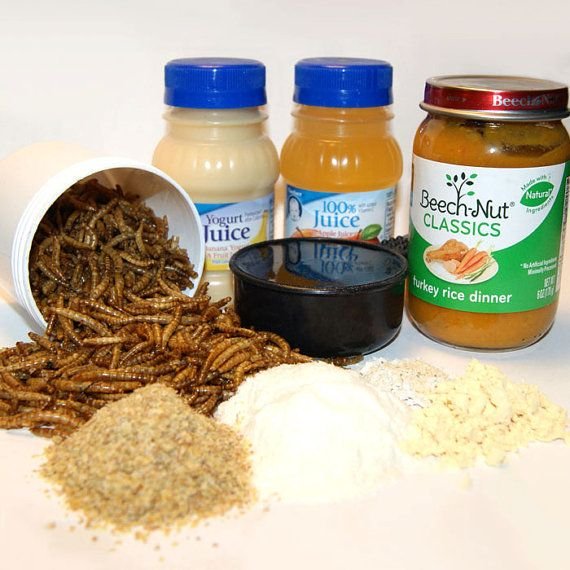Cinnamon Sugar Gliders
Are you ready to meet the cutest little creatures from Down Under? Look no further than cinnamon sugar gliders! These small, nocturnal marsupials native to Australia and Indonesia are bound to steal your heart with their unique appearance and social nature. But don’t be fooled by their adorable looks – these furry friends require specialized care and attention as pets. With a lifespan of up to 12-15 years in captivity, cinnamon sugar gliders make for long-term companions that bring joy and excitement into your life.
With their striking cinnamon coloring, these gliders are sure to turn heads wherever they go. So, if you’re seeking an extraordinary pet that will keep you entertained day and night, look no further than the enchanting world of cinnamon sugar gliders. Get ready for endless cuddles, playful antics, and a bond like no other!
Understanding Cinnamon Sugar Glider Genetics:
The genetics behind cinnamon sugar gliders play a crucial role in determining their coat color. By delving into the intricacies of these genetics, breeders can gain valuable insights into predicting the outcomes of color variations.
- The cinnamon gene is recessive and has a direct impact on the glider’s coat color. It is this gene that determines whether a sugar glider will display cinnamon coloration or not.
- To exhibit cinnamon coloration, a sugar glider must inherit one copy of the cinnamon gene from each parent. This double dose of the gene leads to the expression of the distinct cinnamon coat.
- Breeding two cinnamon sugar gliders together can result in offspring with diverse coat variations. The combination of different genes from both parents creates an array of possibilities for the offspring’s appearance.
- Understanding these genetic mechanisms empowers breeders to make informed predictions about potential color outcomes in their breeding programs.
By grasping how genetics influence cinnamon sugar gliders’ coat colors, breeders can strategically plan pairings and anticipate what their future litters might look like.
Remember, genetics lies at the heart of unraveling the mysteries behind these adorable creatures’ unique appearances. With careful consideration and knowledge about inheritance patterns, breeders can create fascinating combinations and contribute to the captivating world of cinnamon sugar glider genetics.
Different Colors and Patterns of Sugar Gliders:
Besides cinnamon, sugar gliders come in various colors like classic grey, white-faced blonde, and black beauty. Some exhibit patterns such as mosaic, leucistic, or platinum variations. Each variation has unique genetic traits that determine their appearance. Breeders selectively breed for specific colors or patterns.
Sugar gliders can have different colorations and patterns that make them stand out. Here are some examples:
- Classic Grey: This is the most common coloration among sugar gliders. They have a soft grey fur with a white belly.
- White-faced Blonde: These gliders have a light cream-colored coat with a white face mask, giving them a unique and adorable appearance.
- Black Beauty: As the name suggests, these gliders have a striking black coat that sets them apart from others.
In addition to different colors, sugar gliders can also display various patterns:
- Mosaic: Mosaic sugar gliders feature patches of different colors on their fur, creating a beautiful mosaic-like pattern.
- Leucistic: Leucistic gliders lack pigmentation in their skin and fur, resulting in an almost completely white appearance.
- Platinum: Platinum sugar gliders have a pale silver-grey coat that shimmers under certain lighting conditions.
These color and pattern variations are the result of specific genetic traits passed down through breeding. Breeders carefully select individuals with desired traits to produce offspring with particular colors or patterns.
So if you’re looking for a pet sugar glider with unique coloring or eye-catching patterns, consider exploring the world of cinnamon sugar gliders and their diverse range of options.
Safety of Cinnamon for Sugar Gliders:

Cinnamon is a delightful treat and supplement for sugar gliders, but it’s important to use it in moderation. Here are some key points to keep in mind when considering cinnamon for your furry friends:
- Moderation is key: Cinnamon can be safely enjoyed by sugar gliders as long as it is given in small amounts. It adds a delicious flavor to their diet and provides some health benefits.
- Watch out for excessive consumption: Just like with any food, too much cinnamon can cause digestive issues or allergic reactions in some sugar gliders. Keep an eye on their intake and ensure they don’t overindulge.
- Introduce new foods gradually: When introducing cinnamon or any other new food into your sugar glider’s diet, it’s important to do so slowly. This allows their bodies to adjust and minimizes the risk of adverse reactions.
- Consult a veterinarian: Before making significant changes to your sugar glider’s diet, it’s always wise to consult with a veterinarian who specializes in exotic pets. They can provide guidance tailored to your specific pet’s needs.
By following these guidelines, you can safely incorporate cinnamon into your sugar glider’s diet and enhance their culinary experience. Remember, moderation is key, and observing any potential adverse reactions is crucial.
Exploring True Platinum Mosaic, White Mosaic, and Silver Mosaic Sugar Gliders:
True Platinum Mosaic
- Rare genetic variation resulting in a silver-white coat with dark eyes
- Highly sought after by enthusiasts due to their striking appearance
- Require extra care due to potential health issues associated with the mosaic gene
White Mosaic
- Similar to true platinum mosaics but lack dark eye pigmentation
- Display a stunning white coat with pinkish skin tones
- Prone to light sensitivity; special UV lighting required
Silver Mosaic
- Possess silver fur with dark eyes and a black stripe down the back
- Considered one of the most visually appealing sugar glider variations
- Require regular grooming to maintain their coat’s lustrous appearance
There are several fascinating variations that capture the attention of enthusiasts. Let’s dive into exploring three remarkable types: True Platinum Mosaic, White Mosaic, and Silver Mosaic.
True Platinum Mosaic sugar gliders boast a rare genetic variation that results in a mesmerizing silver-white coat accompanied by captivating dark eyes. Their unique appearance makes them highly sought after among sugar glider enthusiasts. However, it’s important to note that these gliders require extra care due to potential health issues associated with the mosaic gene.
White Mosaic sugar gliders share similarities with true platinum mosaics but lack the dark eye pigmentation. Instead, they showcase an awe-inspiring white coat complemented by delicate pinkish skin tones. These gliders are prone to light sensitivity and necessitate special UV lighting for their well-being.
On the other hand, Silver Mosaic sugar gliders possess a stunning silver fur along with dark eyes and a distinctive black stripe running down their backs. Regarded as one of the most visually appealing variations among sugar gliders, they require regular grooming to maintain their coat’s lustrous appearance.
In the world of cinnamon sugar gliders, these three variations – True Platinum Mosaic, White Mosaic, and Silver Mosaic – add a touch of uniqueness and charm to the already captivating species. Whether you prefer the silver-white allure, the ethereal white coat, or the striking silver fur, each variation offers its own distinct appeal. So if you’re considering adding one of these gliders to your family, be prepared for an extraordinary experience filled with wonder and delight.
Cost and Considerations of Owning a Cinnamon Sugar Glider:
Owning cinnamon sugar gliders comes with various costs and considerations that potential owners should be aware of. From initial expenses to ongoing care, here are some important points to keep in mind:
- Initial costs: When bringing home cinnamon sugar gliders, you’ll need to consider the upfront expenses. This includes purchasing the gliders themselves, setting up their habitat, and acquiring necessary supplies such as cages, bedding, and toys.
- Ongoing expenses: Beyond the initial investment, owning cinnamon sugar gliders entails ongoing expenses. These include providing them with a balanced diet consisting of fruits, vegetables, insects, and specialized glider food. Regular veterinary care is essential for their well-being. It’s important to budget for these recurring costs.
- Social interaction and mental stimulation: Cinnamon sugar gliders are highly social creatures that require companionship and mental stimulation. They thrive when provided with opportunities for playtime and bonding with their owners. Neglecting this aspect can lead to boredom or behavioral issues.
- Time commitment: Owning cinnamon sugar gliders requires a significant time commitment. Bonding with them takes time and patience as they get accustomed to their new environment and human caregivers. Feeding them a proper diet, cleaning their habitat regularly, and providing daily playtime are all essential tasks that demand your attention.
Considering the cost implications along with the need for social interaction and mental stimulation is crucial before deciding to bring home cinnamon sugar gliders as pets. Being prepared for both the financial aspects and time commitment will ensure that you can provide these fascinating creatures with a happy and fulfilling life in your care.
Embracing the Charm of Cinnamon Sugar Gliders
In conclusion, cinnamon sugar gliders offer a unique and captivating addition to any household. Understanding their genetics allows for better care and breeding practices. The different colors and patterns available make each sugar glider truly one-of-a-kind. Safety is a crucial considerationEnsuring the well-being of these adorable creatures.
Exploring the world of True Platinum Mosaic, White Mosaic, and Silver Mosaic sugar gliders unveils even more possibilities for enthusiasts. However, owning a cinnamon sugar glider does come with its costs and considerations. It’s essential to be prepared for the financial commitment and responsibilities they entail.
To make an informed decision about welcoming a cinnamon sugar glider into your life, consider these key points: genetics, colors/patterns, safety precautions, alternative variations like mosaics, and overall ownership costs.
So why wait? Take the leap into the enchanting world of cinnamon sugar gliders today! They will bring joy and companionship to your home like no other pet can.
FAQs
1.How much do cinnamon sugar gliders cost?
The price range for cinnamon sugar gliders can vary depending on factors such as age, lineage, gender, and coloration. On average, you can expect to pay between $200 to $500 for a healthy baby or young adult.
2.Can I keep just one cinnamon sugar glider as a pet?
Sugar gliders are highly social animals that thrive in groups or pairs. While it is possible to keep a single glider as a pet with proper attention and interaction from their human caretaker, it is generally recommended to have at least two so they can engage in natural social behaviors.
3.What kind of diet do cinnamon sugar gliders require?
A balanced diet consisting of fresh fruits and vegetables along with specialized pellet food formulated for sugar gliders is crucial. They require a source of protein, such as mealworms or cooked chicken, and occasional treats like live insects or yogurt drops.
4.Are cinnamon sugar gliders legal to own as pets?
The legality of owning sugar gliders varies by country and state. It’s important to research and understand the regulations in your specific location before acquiring one as a pet.
5.How long do cinnamon sugar gliders typically live?
With proper care, cinnamon sugar gliders can have a lifespan of 12-15 years in captivity. Providing a suitable environment, balanced nutrition, and regular veterinary check-ups contribute to their longevity.


